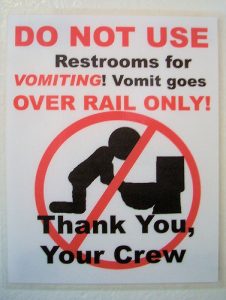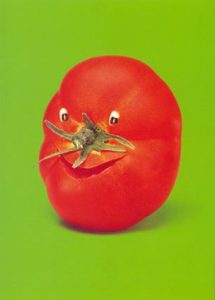Health inspectors are poorly paid and take a lot of shit.
Can’t report reality, gotta keep tourism and biz happy regardless of how little they know about food safety.
 A Brisbane restaurateur has been fined more than $20,000 after pleading guilty to racially abusing a health inspector who found a “cockroach infestation” in his business.
A Brisbane restaurateur has been fined more than $20,000 after pleading guilty to racially abusing a health inspector who found a “cockroach infestation” in his business.
Ravendra Prasad (right, exactly as shown) said the public should be comfortable eating at his takeaway restaurant, which has remained open since he was charged, as he left the Brisbane Magistrates Court on Tuesday.
Toby Crockford of the Brisbane Times reports the 11 charges against the 64-year-old, who either owns or is involved in three restaurants, stemmed from two inspections in 2017 at his Indian Feast restaurant in St Lucia.
The health inspector found at least six breaches of the food standards code on July 5, 2017, which included a “large number” of live and dead cockroaches and cockroach faeces in the Indian Feast kitchen.
The restaurant’s licence was immediately suspended, resulting in the five-day shutdown, after separate infestations were found behind a dishwasher and freezer.
Brisbane City Council lawyer Roman Micairan said the kitchen was in “a state of uncleanliness” and, in addition to the cockroaches, “food waste and other debris [was] strewn around”.
Mr Micairan said the discovery of the cockroaches led to Mr Prasad becoming upset and insulting the health inspector, which included comments regarding the inspector’s eastern European heritage, telling her to go back where she came from and questioning whether she could do her job.
During a follow-up inspection on August 18, 2017, the cockroach issue had been rectified, but the inspector found food-processing breaches, including pre-cooked food not be cooled at the correct temperature, increasing the risk of bacterial growth.
Defence lawyer Peter Trout argued Mr Prasad’s insult was “on the lower end of the scale” and his client had been “adamantly remorseful” after lashing out.










